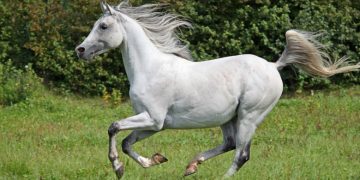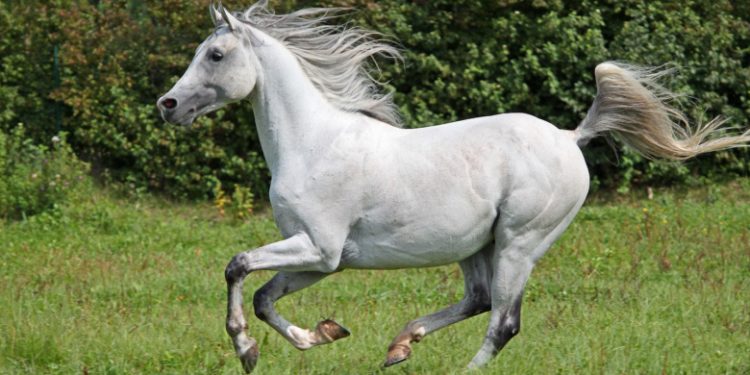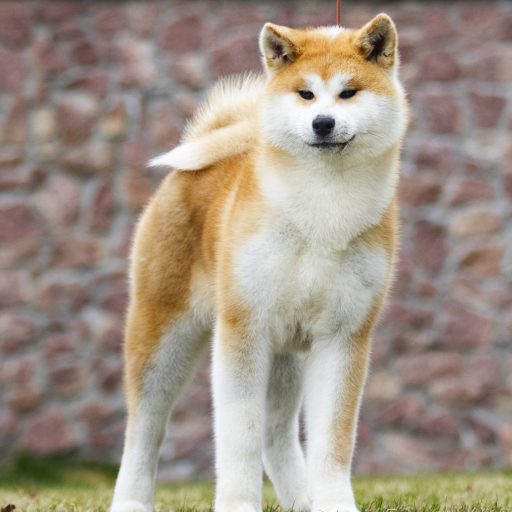Considered one of the purest horse breeds in the world, the Purebred Arabian seduces with its beauty. Indeed, because of its strongly raised tail carriage and its very typical muzzle, the Arabian thoroughbred is easily recognized and admired.
A legendary horse, the Arabian thoroughbred has been used in times of war as well as to improve and create breeds such as the Anglo-Arab or the English thoroughbred. Born in the Middle East, the Purebred Arabian is now present in many countries around the world, appreciated both for its endurance and for its unrivaled physique.
Breed History
Originally from the Middle East, the Arabian Thoroughbred was the preferred mount of the Bedouins. These horses have developed over the years by adapting to the harsh living conditions of these desert regions in which he lived. It is to this extreme lifestyle that the Purebred Arabian owes its physical abilities and endurance.
It was in the 8th century that the first thoroughbred Arabians were imported into France to serve as war horses. Touted as the father of all breeds, the blood of the Purebred Arabian has helped improve many modern equine breeds to provide them with stamina and bone. Anglo-Arab, Arab-Lusitano, Arab-Frisian are among those breeds that have been improved thanks to him.
Physical peculiarities
His head: The head is expressive with a clearly visible venous network and a very marked bone structure. The muzzle is concave, the forehead is broad and the nostrils are large and dilated. The mouth is small, as are the ears. The eyes are round, protruding and very mobile, offering a gaze that is both soft and expressive.
Its neck: It is well attached, both long, thin and slightly arched.
His body: The body of the Purebred Arabian is correctly proportioned and fine. The shoulder is long and oblique. The chest is broad and muscular. The back is short and the croup is high. Very fine, the skin reveals a significant musculature.
Its limbs: They are long and thin, lean and muscular. Its hooves are small but very hard and strong.
His hair: The hair of the Purebred Arabian is generally long, thick and silky.
Its coat: Generally grey, sometimes chestnut, bay or isabelle. We can find black Arabian thoroughbreds, but it is rarer. A pie dress is however not accepted.
His gaits: The Arabian thoroughbred moves very lightly thanks to gaits that are both extended and grazing.
Good to know: Although there is a standard morphology in the Purebred Arabian, not all of them necessarily have the same physical characteristics. On the other hand, all horses of this breed have one rating less than other horses. Indeed, they have 17 and not 18. Likewise, they only have 5 lumbar vertebrae (6 for other horses) and 16 coccygeal vertebrae (against 18).
Famous Purebred Arabian horses
Several Arabian thoroughbreds are known, like Pieraz, an endurance horse who was also the second horse in the world to have been cloned. Panama du Cassou HN also performed in CSO under the saddle of Simon Delestre.
Breeding
Today, the Purebred Arabian is bred in many countries around the world, although it is the United States that has the overwhelming majority of the herd (nearly 90%). Many stud farms are now famous, like Janow Podlaski in Poland or Crabbet Park in England. Each has its own specificity.
Mainly located in the south of the country, French farms are better at producing horses for racing or crossbreeding. The national territory also has more than 600 stallions and nearly 2000 broodmares.
The English breedings produce squarer and more powerful horses while the Polish breedings produce true thoroughbred Arabian sports horses. Today, the World Arabian Horse Organization controls all the purebred Arabian studbooks.












